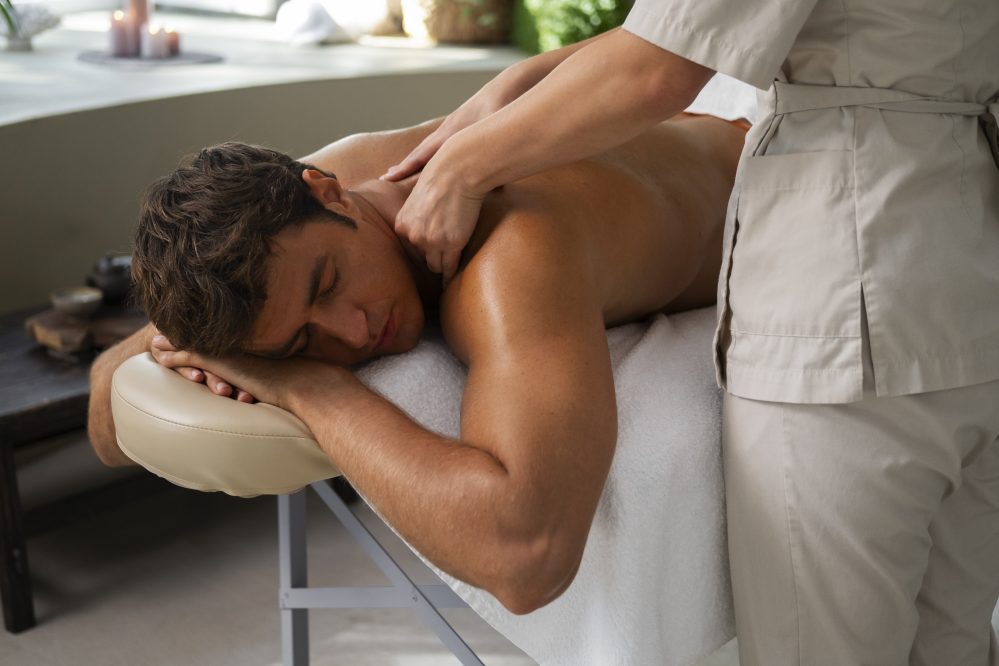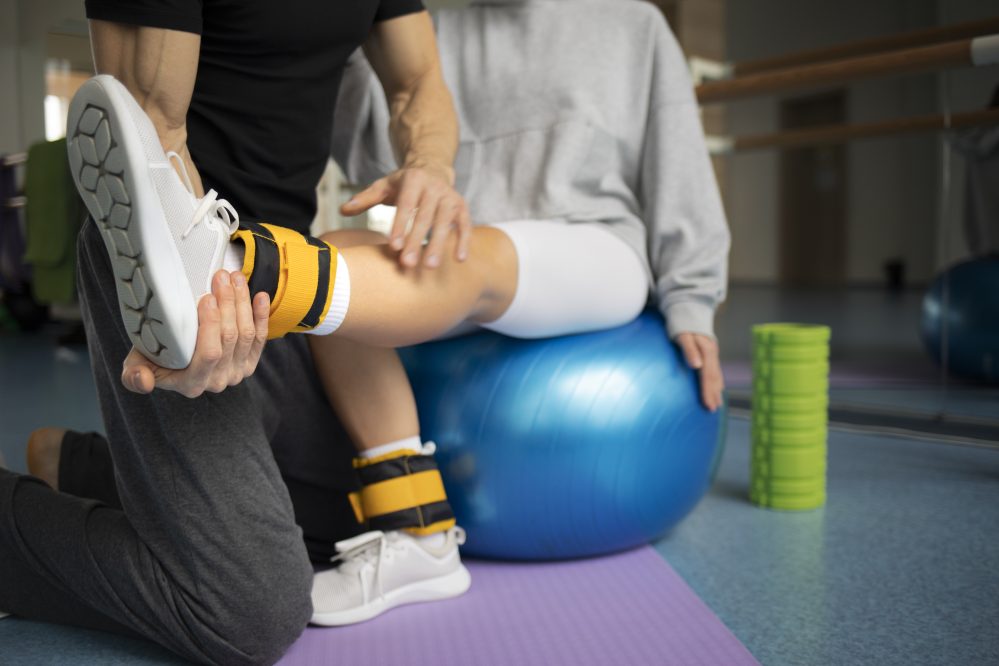In the world of sports, athletes push their limits to maximize performance. Undergoing a rigid training schedule and competing can often lead to muscle soreness and injuries, contributing to stress in athletes.
Sports medicine massage therapy is essential in athlete care by addressing the specific needs and challenges of athletes during training, competition, and rehabilitation. It revitalizes their conditions all the while helping them maintain a sense of well-being.
Read on to learn more about the various techniques applied in sports massage therapy and their profound impact on athletic performance.
What Is the Role of Sports Medicine Massage Therapy in Athlete Care?
Athletes are actively engaged in the sports realm, which calls for their bodies to be in good shape and physically healthy. From pre-event preparation to post-event recovery, sports medicine massage therapy has a significant role in enhancing athletes’ performance and reducing soreness.
An athlete needs a massage to prepare the muscles and decrease anxiety before a competition. This has proven effective as it increases blood circulation in muscles and fosters mental relaxation. In addition, muscles become more flexible, and the risk of injury is reduced.
Massage therapy is just as effective as a tool for recovery post-event. After a relatively long activity, athletes need to relax their muscles, ease soreness, and rest, both physically and psychologically. Various studies concluded that massage therapy is the most effective recovery technique to reduce Delayed Onset Muscle Soreness (DOMS) and fatigue.
In summary, sports medicine massage therapy, as carried out by massage therapists, physiotherapists, and other professionals in the field, plays a vital role in maintaining athletes’ physical health, with a focus on muscle training and promoting their well-being. This is essential to ensure an athlete performs at their fullest capacity.
Techniques Used in Sports Medicine Massage Therapy

Sports medicine massage therapy utilizes a variety of techniques to assist athletes. In this section, we will delve into four of the most prominent techniques: effleurage, petrissage, tapotement, and frictions.
Effleurage
Effleurage is one of the most crucial techniques in sports massage therapy, as it’s applied at the beginning and the end of the session. It involves circular hand movements over the athlete’s body, typically to identify trigger points and muscle placement. This initial technique helps relax the muscles, increase blood flow and stretch issues, and allows the body to warm up before moving into the next stage, involving heavier strokes. The massage therapist must carry effleurage as smoothly as possible to avoid causing pain.
Petrissage
Petrissage is characterized by deeper pressure and a more focused approach. Also known as ‘kneading,’ petrissage is the act of lifting, squeezing, and moving tissues, such as muscles and fascia, to manipulate them and release tension. For this technique, the therapist uses their palms and sometimes their forearms. While it enhances flexibility and reduces injuries, petrissage is also incredibly efficient in reducing stress and anxiety due to its relaxing effects.
Tapotement
Tapotement is a typical technique in Swedish massage therapy. It is known to revitalize muscles and improve blood circulation. Tapotement is executed through light rhythmic striking using the edge of the hands, loose fists, or fingertips. Sports massage therapists apply this technique specifically to energize athletes before any physical activity.
Frictions
Frictions are designed to break down areas of discomfort within the athlete’s body. Its purpose is to treat muscle strains, ligament tears, and adhesions by using fingers perpendicularly in areas that limit motion. Frictions are highly effective in breaking down scar tissues and restoring muscle elasticity to stimulate the healing process. The one contraindication to this technique is that it may cause some pain; however, one should inform the massage therapist if the process is unbelievably painful.
The Benefits of Sports Medicine Massage Therapy for Athletes
From enhancing muscle flexibility to improving well-being and overall health, here are some benefits of sports massage therapy that every athlete must know.
Increased Flexibility and Range of Motion
Multiple techniques in massage therapy for athletes are catered toward enhancing their flexibility and strength, which is achieved in various ways. First, massage therapy helps relax muscles, especially when sore, allowing them to stretch. Second, massage therapists target fascia, which surrounds muscles, thus loosening it to improve flexibility. Lastly, massage relaxes tension around muscle joints, which leads to a full range of motion.
Decreased Muscle Tension and Spasms
An important benefit of sports medicine massage therapy is that it decreases muscle tension and spasms. This is crucial for athletes because tightness and muscular contractions (spasms) limit their ability to perform well. Massage therapy helps alleviate the tension and provides comfort.
Increased Sense of Well-Being
Massage therapy promotes a sense of well-being within athletes as it fosters the release of endorphins, thus helping them manage their stress before a competition or training. Moreover, it offers relaxation, pain management, and injury prevention, enabling the athlete to focus on their performance rather than stressing about it.
Improved Cardiovascular Health
While not primarily a cardiovascular exercise, massage therapy can also support an athlete’s cardiovascular health, i.e., heart health. As noted, massage therapy improves blood circulation by enhancing the flow of oxygenated blood to muscles and tissues. It also can lower blood pressure, an insanely important factor for those dealing with hypertension or high-stress levels. Additionally, massage therapy prevents the accumulation of lactic acid by enabling the human body to remove metabolic waste.
How Does Sports Medicine Massage Therapy Enhance Athletic Performance?
To deliver peak performances, athletes should pay attention to their overall physical health and mental state. Managing both can be daunting due to the stress and risk of injuries an athlete faces constantly. This is why massaging is significant in establishing a successful career moving forward.
Sports medicine massage therapy impacts athletic performance in myriad ways, addressing numerous physical and psychological aspects. As such, it reduces muscle tension, enhances muscle function, improves flexibility, prevents possible injuries, and impacts stress management. Even in case of injury, massage therapy sessions contribute to speedy recovery.
By helping the athlete remain active and at full capacity, all these benefits support the idea that massage therapy is a vital tool to enhance athletic performance.
Conclusion
From a performance standpoint, an athlete’s success relies heavily on relaxing and reinvigorating their muscles. This is where massage kicks in, as it aids in releasing muscle tension and reducing stress associated with any chosen sport. This holistic approach to athlete care not only supports athletes on their journey to success but does so while maintaining their overall health and well-being.
